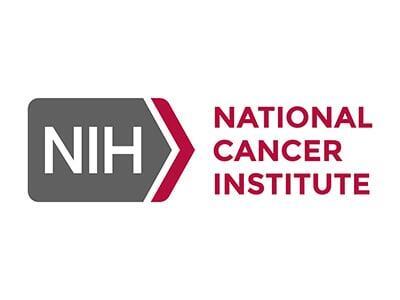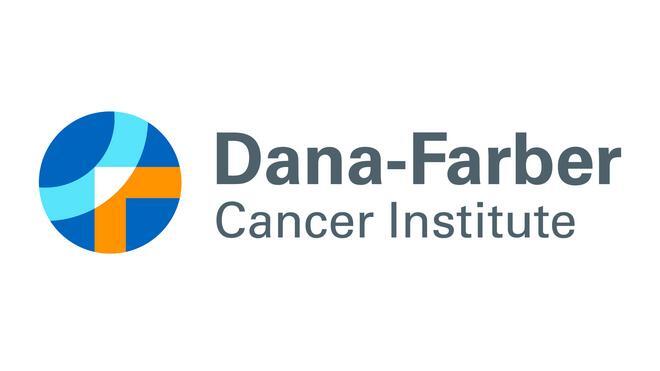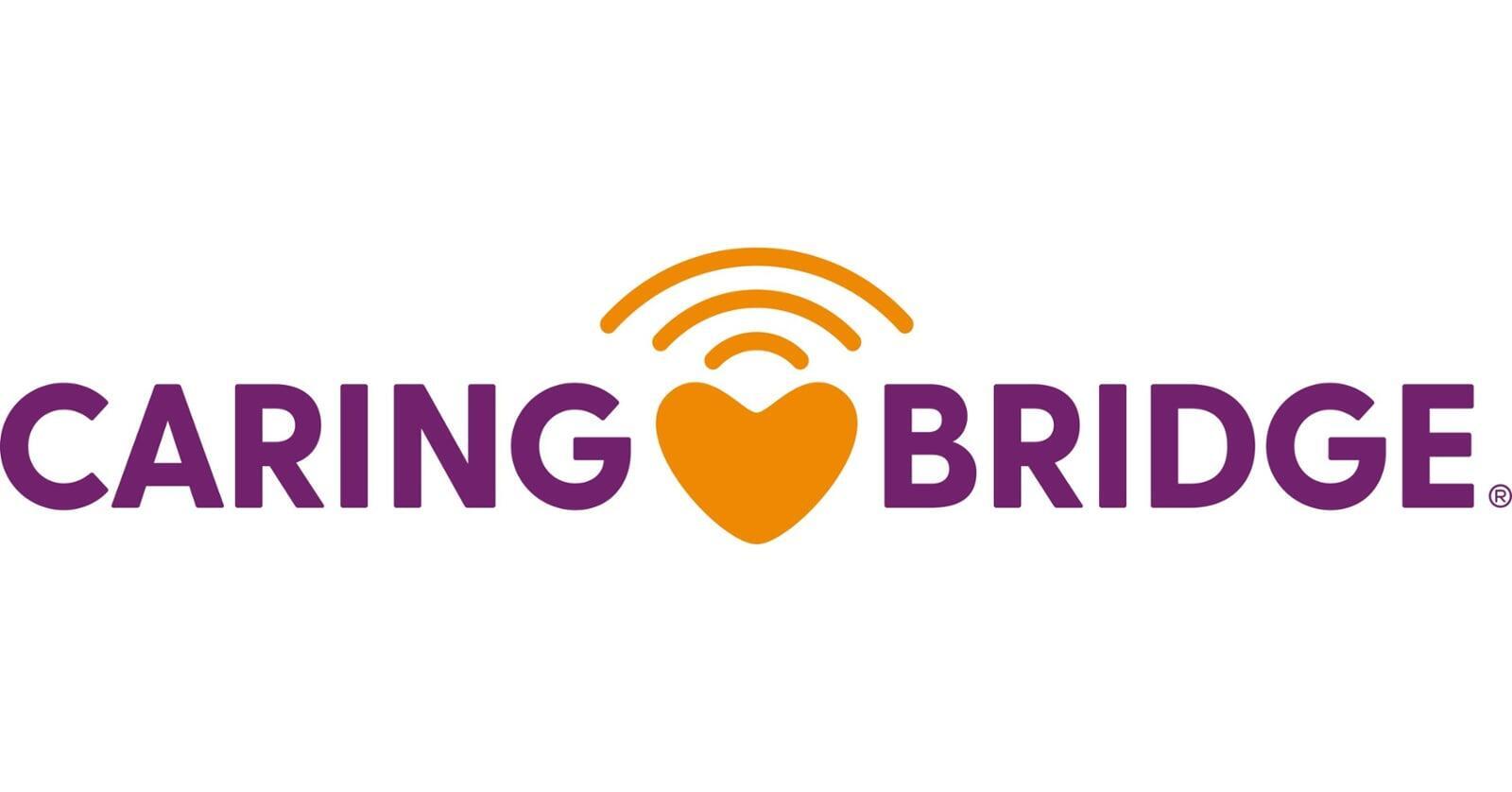Tracking Progress
Monitoring Recovery Milestones for Cancer Survivors

Introduction
Tracking Progress involves regularly monitoring and recording milestones in physical, emotional, and social recovery to support cancer survivors at all stages. This practice fosters self-awareness, motivation, and informed decision-making by providing clear insights into health and well-being trends.
What You Need To Know
How To Do It
Instructions:
1. Identify Key Metrics
- During Treatment: Track symptoms (e.g., fatigue, nausea) or medication adherence.
- Early Recovery: Monitor energy levels, physical activity, or mood changes.
- Late Recovery: Record long-term goals like fitness improvements or social engagement.
2. Choose a Method
Select a tool—journal, spreadsheet, or app—based on comfort and accessibility.
3. Set a Schedule
Log progress daily or weekly, depending on recovery phase and energy levels.
4. Record Observations
Note quantitative data (e.g., steps walked) and qualitative insights (e.g., feelings of hope).
5. Review Trends
Analyze logs weekly or monthly to identify patterns or areas needing adjustment.
6. Share with Professionals
Discuss findings with healthcare providers to refine recovery plans.
7. Adjust Goals
8. Celebrate Milestones
Acknowledge progress, like increased stamina or reduced stress, to stay motivated. Establishing a habit of celebrating 'small victories' will help create a positive feedback loop to keep you moving forward.
Helpful Tips:
- Keep it simple: Track 1–3 metrics to avoid overwhelm.
- Be consistent: Log at the same time daily or weekly for accuracy.
- Use visuals: Charts or graphs can highlight progress trends.
- Stay flexible: Adjust tracking focus as recovery needs change.
- Seek support: Share logs with a caregiver or support group for encouragement.
- Protect privacy: Ensure digital tools are secure for sensitive health data.
- Combine methods: Pair journaling with apps for comprehensive tracking.
- Reflect regularly: Use logs to celebrate small wins and plan next steps.
- Be patient: Progress may be slow, especially during treatment.
Related Topics:
Strongly Related
Reduce Stress:
[Links to related web pages]
[Links to related web pages]
Issue C:
[Links to related web pages][Links to related web pages]
Moderately Related
Issue B:
[Links to related web pages]
[Links to related web pages]












